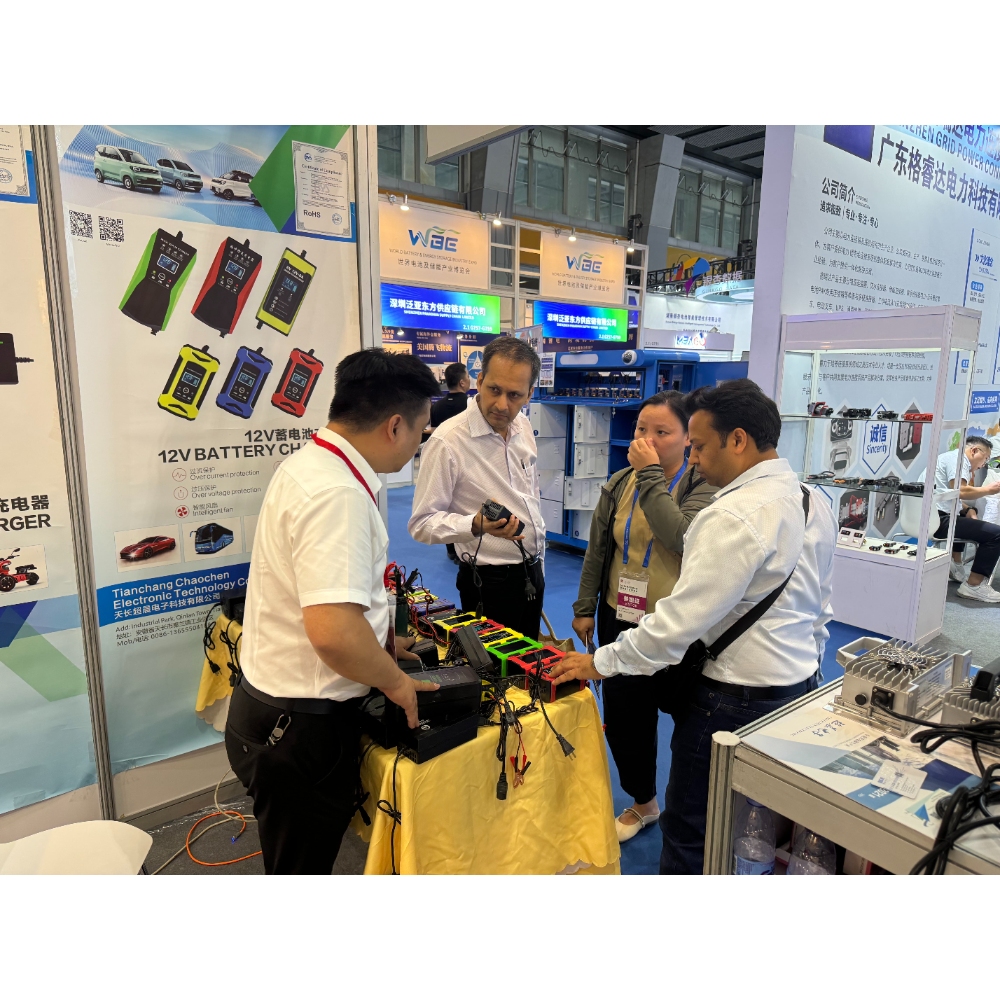Lead-acid batteries are widely used in various industries, including automobiles, motorcycles, and uninterruptible power supply (UPS) systems, due to their reliability and cost-effectiveness. However, correctly selecting and using a 12V lead-acid battery charger is crucial to ensure efficient battery operation and extend its lifespan. This article provides a comprehensive guide to choosing the right charger and avoiding common mistakes during use.
Understanding How Lead-Acid Batteries Work
Lead-acid batteries are chemical energy storage devices that store and release energy through the reaction of sulfuric acid in an electrolyte with lead plates. During charging, current flows through the battery, causing a chemical reaction on the lead plates, restoring the stored energy. A 12V lead-acid battery typically consists of six 2V cells, so it's important to ensure a voltage of 12 volts when charging.
Choosing the Right 12V Lead-Acid Battery Charger
Choosing the right lead acid battery charger is crucial to the longevity of your battery. There are many different 12V lead-acid battery chargers available on the market, differentiated primarily by output current, charging mode, and intelligent features. The following are several factors to consider when selecting a charger:
Output Current (Charging Current): Generally speaking, the charging current should be around 10% of the battery's rated capacity. For example, for a 12V, 10Ah battery, a charger with a current of around 1A is recommended. Excessive or insufficient current can affect the battery's lifespan.
Charging Mode: Modern chargers often feature intelligent charging modes, using a "constant current-constant voltage" method to ensure stable charging and prevent overcharging or undercharging. Smart chargers also include features such as automatic power-off and temperature monitoring to better protect the battery.
Charger Type: Common 12V lead-acid battery chargers include linear chargers, switching chargers, and smart chargers. Smart chargers automatically identify the battery's status and adjust based on the battery's charging needs, making them the most recommended type.
Charging Precautions
When charging lead-acid batteries, follow these basic rules:
Avoid Overcharging: Overcharging can cause internal gas formation in the battery, potentially leading to leakage or explosion. Using a smart charger can effectively prevent this problem.
Monitor temperature: Lead-acid batteries release heat during charging. Excessive temperatures can accelerate battery aging. Ensure adequate ventilation around the battery and avoid charging in high-temperature environments.
Charging time: Charging time is closely related to the battery capacity and charging current. Generally, a 12V lead-acid battery takes 5 to 8 hours to charge, but the specific time can be adjusted based on the remaining battery charge and the charger's output capacity.
Regular Inspection and Maintenance
To extend the life of lead-acid batteries, regular inspection and maintenance of the battery and charger are essential. Check the battery's voltage, capacity, and electrolyte level to ensure it is in good condition. If the battery exhibits problems such as swelling, leakage, or failure to charge, it should be replaced immediately.
By understanding how lead-acid batteries work, selecting the right charger, and paying attention to the details during the charging process, you can ensure optimal battery performance. Regular inspection and maintenance are also essential to effectively extend battery life and maximize efficiency. Whether you are an individual user or a business customer, choosing the right charging equipment is a wise choice to protect your investment. For further assistance or product recommendations, please contact our experts at Tianchang Chaochen Electronic.










